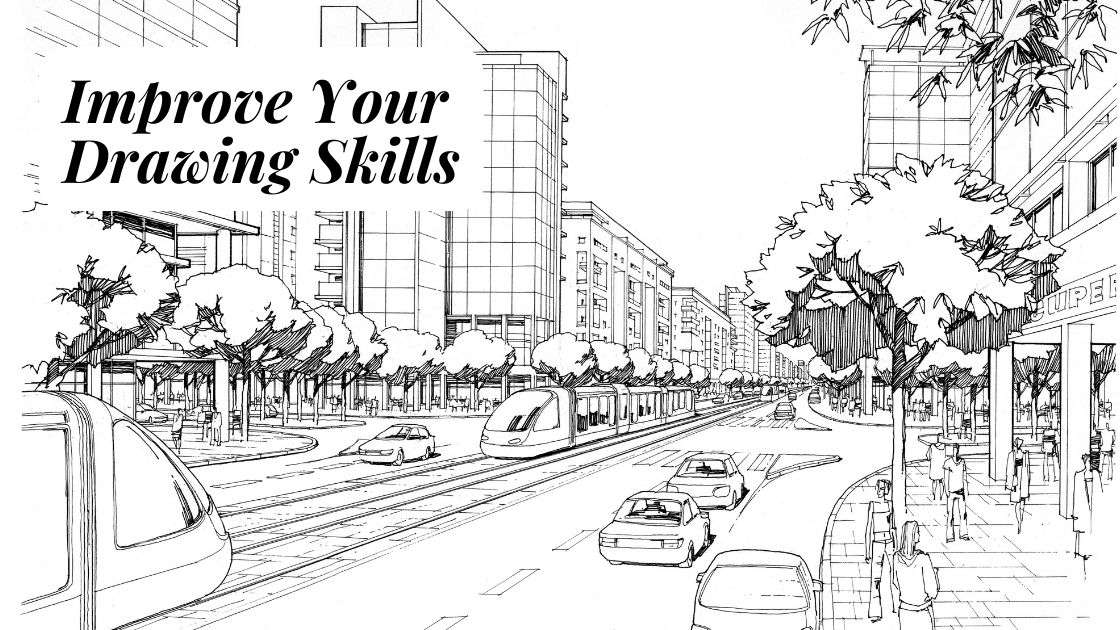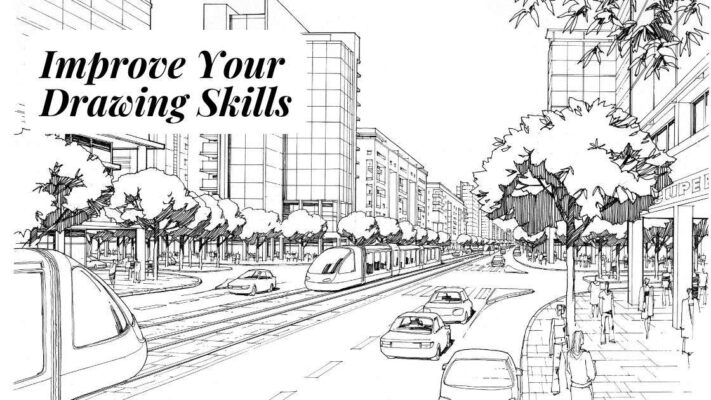Looking to elevate your drawing skills? Delving into the world of art can be exhilarating, but for beginners, it often comes with a slew of challenges. Fear not, for in this article, we’ll unveil eight invaluable exercises meticulously crafted to improve your drawing prowess. From sketching sculptures to mastering perspective, each exercise is tailored to enhance specific aspects of your artistic ability. By embracing these techniques, you’ll not only refine your technical proficiency but also deepen your understanding of form, composition, and expression. So, let’s embark on this journey together and unlock the secrets to unlocking your full artistic potential.
Sketching Sculptures
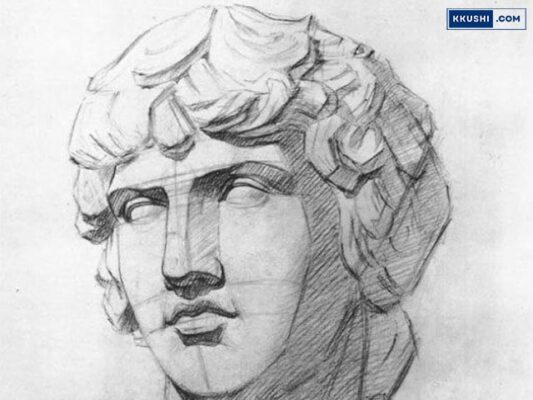
Sketching sculptures offers a unique opportunity to delve into the intricacies of anatomy and structure. Since sculptures are static and often devoid of color and texture, beginners can focus solely on understanding the underlying forms and proportions. By studying sculptures, aspiring artists can develop a keen eye for capturing the fundamental shapes and contours that make up the human figure or any other subject matter.
Practicing Loomis Heads

The Loomis method is a tried-and-true technique for honing one’s understanding of facial proportions and three-dimensional forms. By repeatedly drawing Loomis heads, beginners can familiarize themselves with the underlying skeletal and muscular structures of the face, as well as grasp how different features interact in various angles and expressions. This exercise not only aids in portrait drawing but also lays the groundwork for visualizing complex forms in other subjects.
Studying Masterpieces
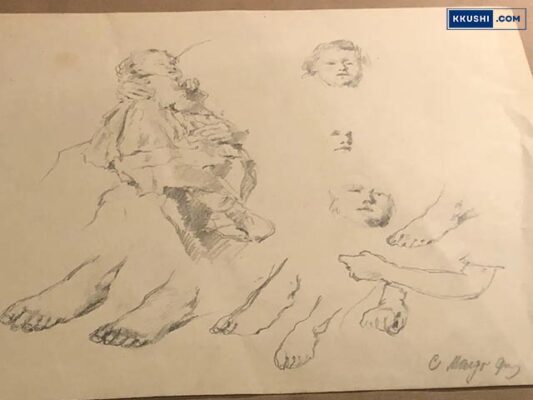
Recreating artworks by master artists serves as both a source of inspiration and a valuable learning experience. By closely examining masterpieces, beginners can dissect the techniques and compositional principles employed by renowned artists throughout history. This exercise encourages artists to analyze elements such as line quality, brushwork, color theory, and spatial arrangement, providing invaluable insights into the craft of drawing and painting.
Anatomy Studies
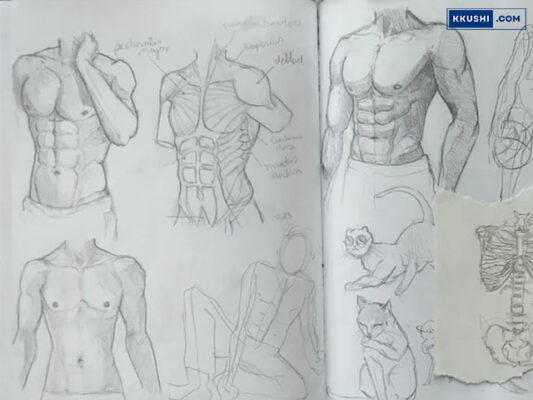
Understanding human anatomy is essential for creating convincing and dynamic figures. Through anatomy studies, beginners can familiarize themselves with the skeletal structure, muscle groups, and proportions of the human body. By dissecting anatomy through drawings or reference materials, artists gain a deeper understanding of how the body moves and functions, allowing for more accurate depictions in their artwork.
Gesture Sketching
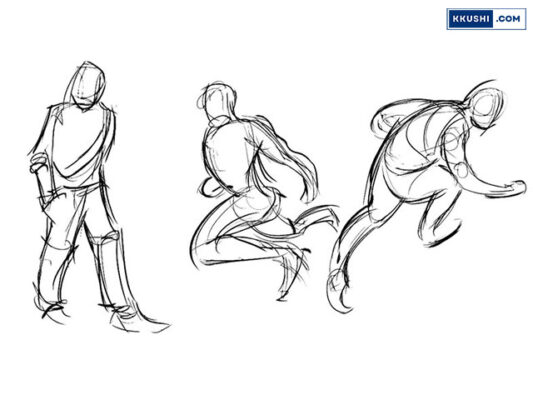
Gesture drawing is a rapid and spontaneous exercise aimed at capturing the essence and movement of a subject. By utilizing quick, loose strokes, beginners can train their hand-eye coordination and develop a sense of flow and rhythm in their drawings. Gesture sketching encourages artists to focus on capturing the overall gesture and energy of a pose rather than getting bogged down in details, fostering a more intuitive and expressive drawing style.
Drawing from Life
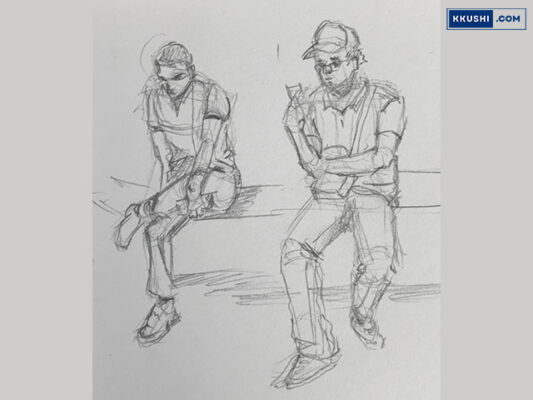
Drawing from life is an invaluable practice for sharpening observational skills and understanding the nuances of perspective and form. Whether sketching still life arrangements, outdoor scenes, or live models, beginners gain firsthand experience in translating three-dimensional subjects onto a two-dimensional surface. This exercise challenges artists to consider factors such as lighting, composition, and spatial relationships, ultimately leading to more realistic and dynamic drawings.
Value Drawing on Toned Paper
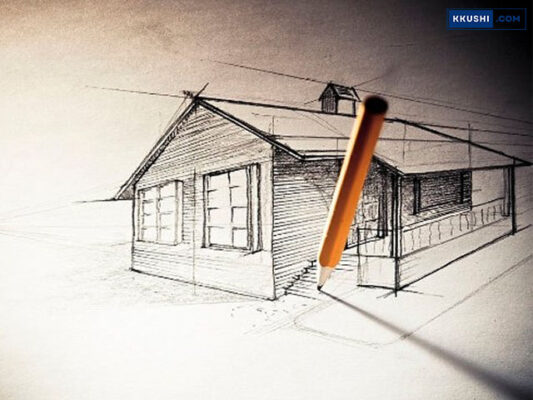
Experimenting with value drawing on toned paper offers a unique approach to exploring light and shadow. By using white chalk or other light-colored media on a mid-toned or toned background, beginners can focus on capturing highlights and shadows more effectively. This exercise encourages artists to think in terms of value contrast and allows for greater control over the rendering of form and depth in their drawings.
Learning Perspective
Understanding perspective is crucial for creating convincing spatial relationships and depth in artwork. By studying perspective principles, beginners can learn how to depict objects and environments realistically within a two-dimensional space. This exercise involves mastering concepts such as vanishing points, foreshortening, and atmospheric perspective, empowering artists to create more immersive and dynamic compositions.
By incorporating these exercises into their regular practice routine, beginners can build a solid foundation of drawing skills and embark on a fulfilling artistic journey filled with growth and improvement. Thanks for reading!
Related Posts
- 10 Free Fonts to Inspire Commercial Creativity
- Top 10 Outdoor Fonts for Nature Enthusiasts
- Honoring Diversity through National Read Across America Day

